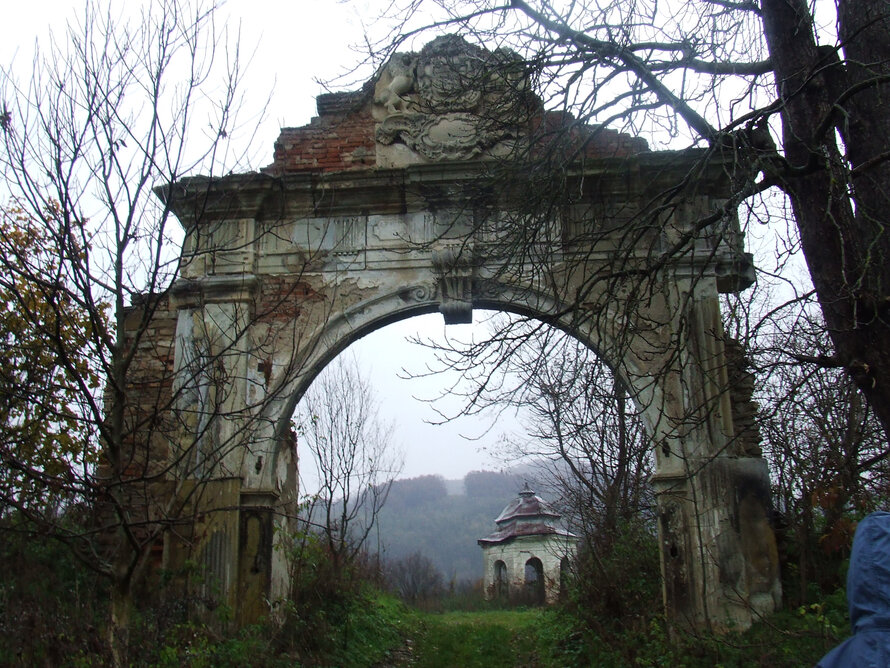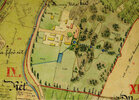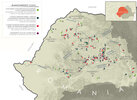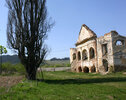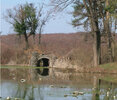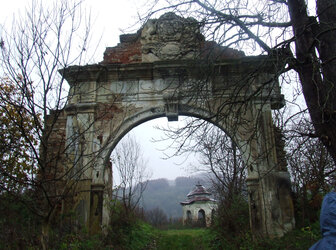The survey of Transylvanian Castle Gardens
This is a Hungarian study of 93 castle gardens in Transylvania. The research has been undertaken by a substantial number of students, teachers and professionals working under Dr. Albert Fekete in the faculty of Landscape Architecture at the Corvinus University in Budapest. The ...
Read more
Project details
Description:
This is a Hungarian study of 93 castle gardens in Transylvania. The research has been undertaken by a substantial number of students, teachers and professionals working under Dr. Albert Fekete in the faculty of Landscape Architecture at the Corvinus University in Budapest. The object was to explore and document the surviving parts of the gardens and estates of the chosen locations while evidence still exists, to complete a missing chapter in European garden history. All the available historic material was assembled, site surveys completed and a full record compiled. Where possible, help has been given in the restoration, or if necessary reconstruction, of the gardens concerned. The result is a comprehensive overview of 400 years of garden history in the region, increasing understanding of the aims of the Transylvanian aristocracy, relating them to wider historical trends in the area (including periods of Ottoman occupation) and human use of the wider landscape. Also it acts as an inventory of the current state of the gardens, enabling renewal and maintenance plans to be put in place.
